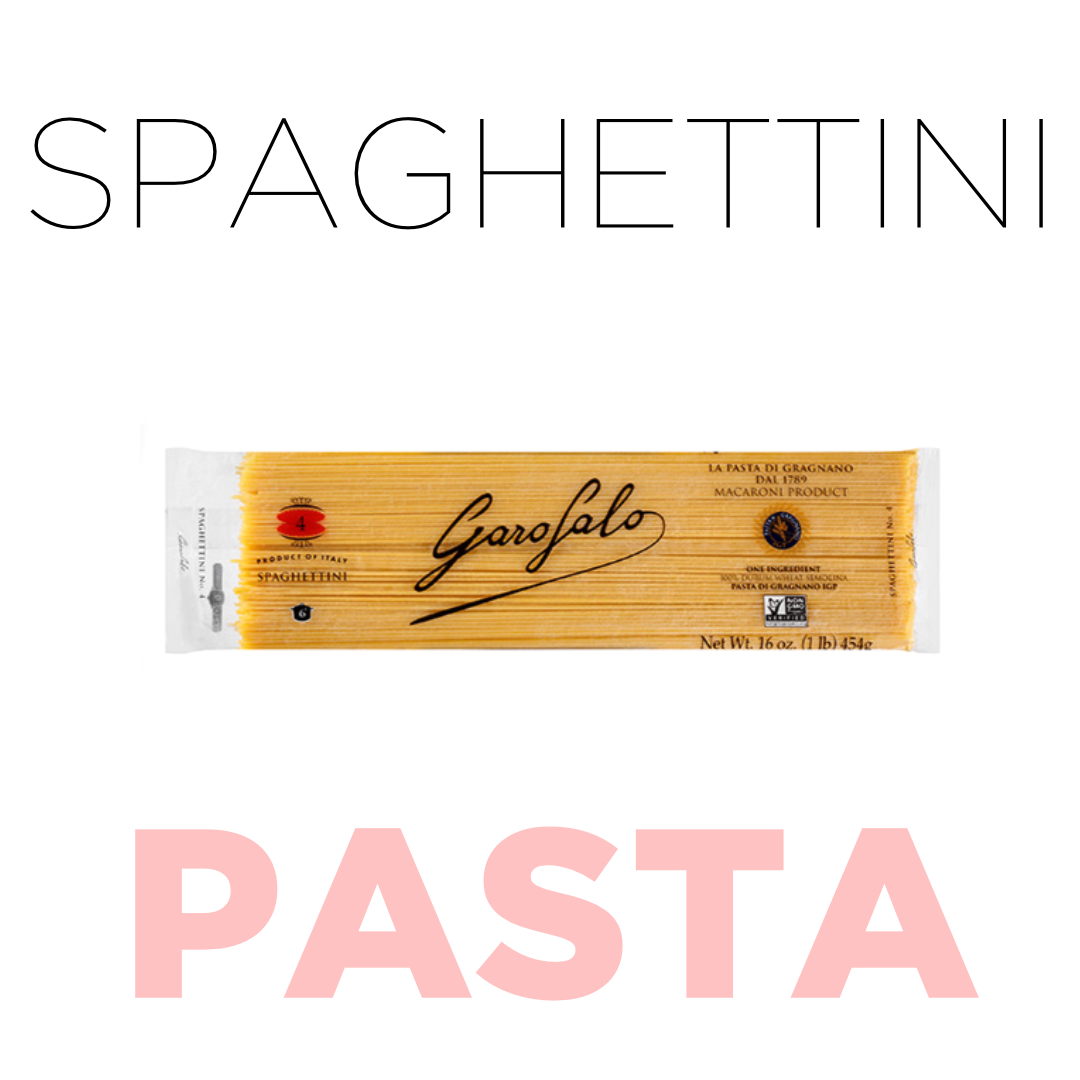Product Description
THE COOK’S TOUR
Pasta is consumed all over the world. It’s one of civilization’s great, cheap, easily transportable, low spoilage, long storage foods.
So what makes pasta from Garofalo, from the tiny town of Gragnano (gra-NYano), Italy, so special? Why pay a bit more for it?
For more than five centuries, Gragnano has been known as the cradle of the Italian pasta business. Their location’s warm, sunny days, and ocean breezes, allowed for the mass air drying of pasta, in the 18th and 19th centuries.
Garofalo is the Ferrari of the pastai. Since 1789, they have been making world-class pasta, not cheap noodles
The bronze die is used on carefully selected, strong, Italian durum wheat. The dough pushed into strands, and shapes, is fundamentally different than American-market “fast” pastas, made smooth with Teflon dies, to push out more pasta, faster. Even ones with Italian names, like Barilla are smooth, harder to sauce, and absorb, the way a slower process bronze die pasta does. Why?
Bronze dies add tiny edges, or burrs that form. Those tiny tears help sauces, oils, and other coatings not just adhere to the pasta better, but soak in. The density, porosity and resistance insure the best mouth feel, in every bite.
Mezze Maniche Rigate “Mid-sized ridged sleeves” is the coarse translation of this sportier, ridged cousin of rigatoni. The pasta also is called “maniche di frate,” (monk sleeves). The ‘sleeves’ are reminiscent of clothing worn by Italian monks in Northern Italy around the 17th century,.

THE BACKSTORY
GEOGRAPHY
Gragnano is one of the many little towns in the hills South of Napoli (Naples).
It been one of the biggest producers of pasta. At one point, a bit more than 70% of the town was employed in the pasta business, or supporting companies.
Mezze Maniche Rigate originate from the province of Emilia Romagnia, in the North of Italy, although the specific point, and date, are not well known.
THE COOK
PRO TIPS
If you’re going to cook great pasta, know the WHY of it, and why a pasta like Garofalo, helps you look like a pro. Remember these tips:
- Boil your noodles with kosher salt. Salt is a FLUID EXCHANGER. When you add it to the boil, it helps the “hooks” in the pasta impart more flavor into it. For many dishes, I’ll toss in a clove or two of garlic, to establish a flavor. You can also use a boquet garni, cheesecloth with herbs, or spices, tied into a pouch.
- Watch your boil. Once you achieve a rolling boil, and put the noodles in, lower the heat. Use a thermometer to keep it around 95-100°C/200-212°F. If it’s rolling, and foaming, you’re overcooking the pasta, extracting starches, and flavor, that you want to preserve. You can keep pasta in very hot, non-rolling water and cook it perfectly. Avoid “traditional” overcooking that relatives have taught to you.
- Forget the olive oil myth – An old grandma’s tale is that you put oil in to SOFTEN the pasta. First, the only way to do that is to overcook the pasta. Oil is HYDROPHOBIC. It sits on the surface. To boil it enough that the oil breaks down, you’re also breaking down what’s good in the pasta. You’re also turning the oil, any oil, bad. Hydrolyzing oil, in boiling water turns it gummy. That’s great, for bad pasta, that has no adhesion, which is probably why people, using cheap pasta, notice that it works, to some level. On the other hand, you’re also changing the nature of the fats, in the oil, to a kind of unstable trans-fat, which isn’t good for you. BASTA! Buy great bronze-die pasta, and let the “burrs” do the work of opening up the noodle to the flavors.
- Saucing Secret – If you’re going to toss the pasta in oil, or egg/cream, then cook it straight to al dente, around 11 minutes. If you’re going to use it in a thinner sauce, like marinara, wine/butter, or broth/stock, remove the pasta with about 3:00 minutes remaining, and put it into a hot pan of that broth or sauce, already cooked, to soak up the flavor, and finish both. Remember to make the sauce about 5-10% more hydrated (more liquid), more the higher the altitude, to allow the pasta to finish fully. If it’s still too al dente, just add a bit more water, and cook a bit longer.
WHY MEZZE MANICHE RIGATE?
A shorter form of rigatoni, mezze maniche rigate has some advantages to its larger cousin. The shorter size, when combined with smaller fruits, vegetables and proteins, and bites, from olives, to meat crumbles, to bits of a cauliflower.
TRADITIONAL USES
The Emilia Romagna region, the treasure trove of the great foods of Italy, from Parma ham (prosciutto) to the Parmigiano Reggiano cheese that is used globally, and imitated badly, world wide. As for pasta, Emilia Romagna is known for its heartier pasta dishes, that lean more into meats, and strong flavors like the robust Bogataro (porcini) mushroom.
The shorter tube shape of mezze maniche can be used to max out delivery of heavier sauces, like a Sunday Gravy / Bolognese. They’re commonly found in baked pasta dishes as well.
- Mezze maniche al tonno - Mezze maniche in a tomato sauce with albacore tuna
- Mezze maniche in artichoke cream and speck, with scampi
- Mezze maniche alla crema di ceci e rosmarino - chickpeas and rosemary in a cream sauce
- Mezze maniche con calamari e asparagi
A FEW RIFFS
- Mezze maniche with black eyed peas and okra in a garlic-mint tomato sauce
- Mezze maniche en cassarole with chicken, corn and calabacitas, with poblano chile sauce crust
- Mezze maniche lamb ragu with roasted vegetables
- Mezze maniche with cranberry beans, toasted hazelnuts, sun dried tomatoes and eggplant.
MY TAKE
I’ve cooked with a LOT of different pastas, including house-made. Short of owning your own brass extruder, and carefully importing your Italian durum semolina wheat, both expensive propositions, for the average home chef, if you’re looking to achieve amazing results with your pasta dishes, you have to start with the best ingredients.
Of all of the pasta companies, from Italy, whose pasta I’ve ordered, Garofalo is consistently the best.
The mouth feel of their mezze maniche, along with its tubular shape max saucing, and pasta. A nice chew, al dente, the pasta is more “meaty” than a heavy gluten feeling. Unlike a lot of cheaper “Italian” brands, like Barilla, it absorbs, sauces, and flavors, yet still retains the beautiful flavor of the wheat.
That’s why their No. 32 Mezze Maniche Regate receives my five-diamond Choicestuff™ award.
















Reviews
There are no reviews yet.